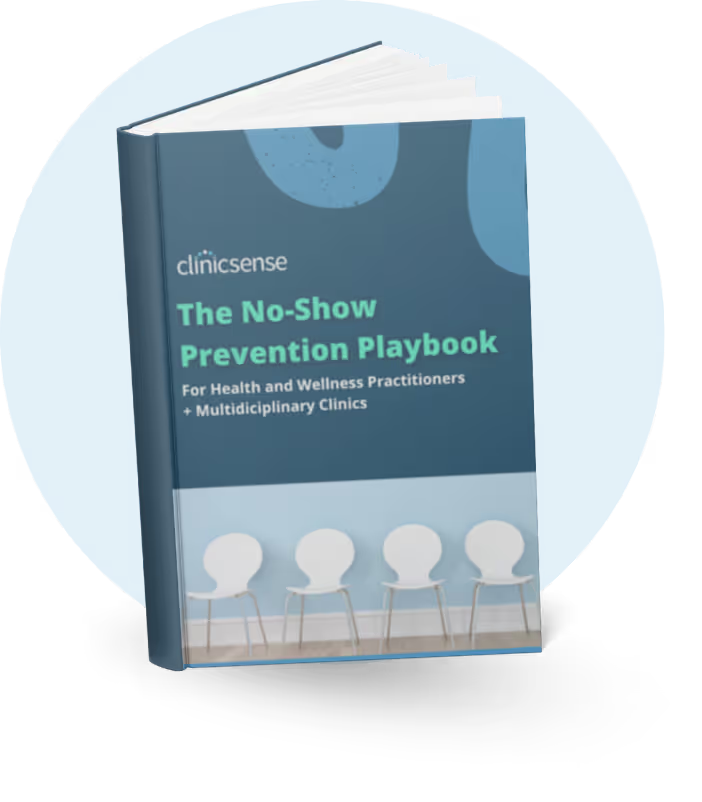Massage Therapy Business Tips
November 24, 2024

As a massage therapist, understanding how to work with clients who have PTSD is key to providing effective care. This research based article will guide you through essential strategies while exploring the benefits of massage for PTSD, such as relief from anxiety, tension, and chronic pain.
In this article, you'll learn:
This resource can also help inform clients about how massage supports their healing.
Post-Traumatic Stress Disorder (PTSD) is a mental health condition caused by experiencing or witnessing a traumatic event. It can lead to lasting symptoms that affect daily life, such as flashbacks and emotional distress.
NIMH reports common symptoms of PTSD include:
By recognizing these symptoms, massage therapists can tailor their approach to create a safe, healing environment.
Massage can help people with PTSD by calming the nervous system and improving body awareness. This approach supports emotional regulation, especially since trauma affects how the body processes stress. Massage offers a physical way to reduce tension and promote relaxation when verbal therapies alone may not be enough.
Research suggests that PTSD affects the brain’s ability to manage stress responses, limiting the impact of talk therapy alone, which primarily engages higher brain functions. Touch therapies like massage work on a deeper level by soothing the body’s stress reactions through physical sensation. This “bottom-up” approach targets the areas of the brain responsible for processing trauma, helping to reduce muscle tension and foster a sense of calm. By reconnecting clients with their physical sensations, massage can support emotional regulation and healing in a more holistic way.
.avif)
Through touch, massage lowers cortisol (the stress hormone) and boosts serotonin and dopamine, which can ease feelings of anxiety and depression, providing emotional relief.
PTSD often manifests in the body as physical pain. Massage helps release tension in muscles and fascia, promoting relaxation and reducing the chronic pain many individuals experience.
By calming the nervous system, massage can promote better sleep by reducing hypervigilance and allowing for more restorative rest.
Massage encourages mindfulness and body awareness, helping clients reconnect with their physical sensations, which can aid in emotional regulation and grounding.
Regular massage reduces cortisol levels, supporting long-term relaxation and helping the body recover from trauma-related stress. This can improve overall resilience and well-being.
Together, these benefits of massage therapy can offer a holistic approach to helping individuals with PTSD, addressing both emotional and physical symptoms to support healing.
When working with clients who have PTSD, it's essential to focus on building trust and creating a sense of safety. Go at their pace, encourage open communication, and be mindful of potential triggers like sounds or touch. Ensure they feel in control throughout the session.

Building trust with clients who have PTSD is crucial to effective treatment. Start by fostering a safe, supportive environment where they feel in control. Spend time discussing their needs before the session and encourage open communication. Allow clients to set boundaries and make adjustments as needed, ensuring they know they can stop or modify the session at any time. By prioritizing trust and comfort, you'll create a foundation that helps clients feel secure and ready to benefit from massage therapy.
Support clients with PTSD by creating a safe, non-judgmental space where they feel heard and understood. Encouragethem to express their needs and preferences openly, and always listen with empathy. Work at their pace, offering gentle reassurance throughout the session. Keep communication clear and let them know they are in control of their treatment at all times. By being patient, respectful, and compassionate, you provide the emotional support they need to feel safe and comfortable during their healing journey.
Clear, compassionate communication is key when working with clients who have PTSD. Begin with a thorough intake process where you gently ask about any touch preferences or boundaries. During the session, check in regularly to ensure your client feels safe and comfortable. Encourage feedback, letting them know they can make adjustments at any time. By fostering an open dialogue and showing genuine care, you help create a trusting, safe environment where clients can fully engage in the healing process.
When working with clients who have PTSD, always ask if there are any areas they would prefer you avoid. Trauma can manifest physically, and certain areas may be sensitive or triggering. Encourage them to set boundaries and let them know they can change their preferences at any time during the session. This helps clients feel safe, respected, and in control of their experience.
Select a massage technique that aligns with your client's needs and comfort level. Some may prefer gentler approaches, like Swedish massage, while others might benefit from deeper techniques like myofascial release. Always discuss the options with your client and consider their physical and emotional responses to ensure the session is both effective and supportive. Adjust techniques as needed, maintaining open communication throughout to ensure their comfort and sense of safety.
Use a massage intake form to learn about your client’s history with PTSD, allowing you to adjust your approach with care. Informed consent forms help them feel safe and in control by setting clear boundaries. Keep detailed SOAP notes to track their progress and adjust treatments based on their comfort and feedback. These steps create a compassionate and supportive environment for healing.
Don’t use online SOAP notes yet? You can get a SOAP notes free trial here.


.avif)
.avif)
.avif)









For 14 days